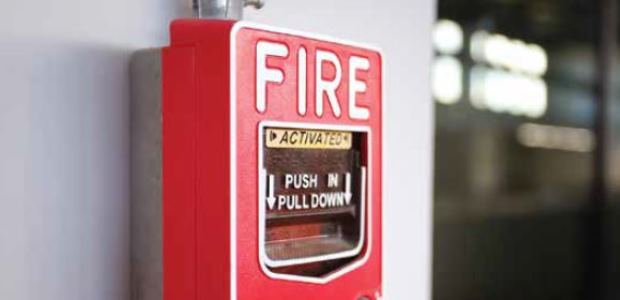
By Karen D. Hamel
Smoke alarms, carbon dioxide detectors, and hazardous gas sensors need to be tested and sometimes calibrated regularly to ensure they will function properly when needed.
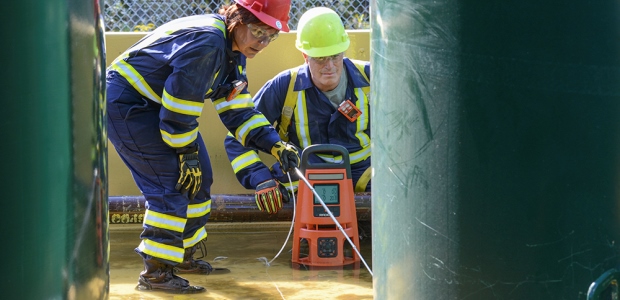
By Joe Buckley
All hazards must be identified before entry to the space and listed on the permit.
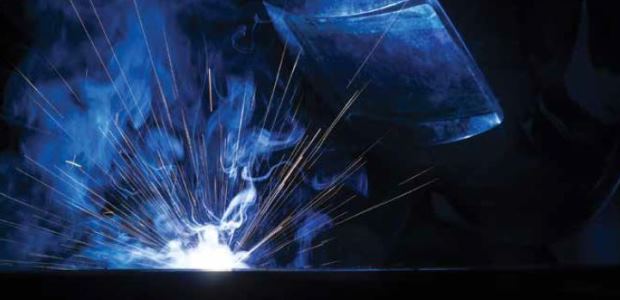
By Jerry Laws
The protective measures and equipment that welders require are spelled out in OSHA's 29 CFR 1910.252, the welding, cutting, and brazing standard.
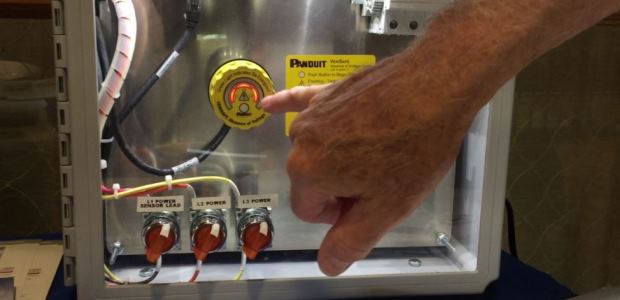
By
AVTs help reduce the risk of exposure to electrical hazards and improve worker safety by automating and simplifying the process of verifying the absence of voltage.

By Hanish Patel
Eye care professionals strongly recommend taking breaks throughout the workday to reduce eye fatigue and unnecessary eye strain.
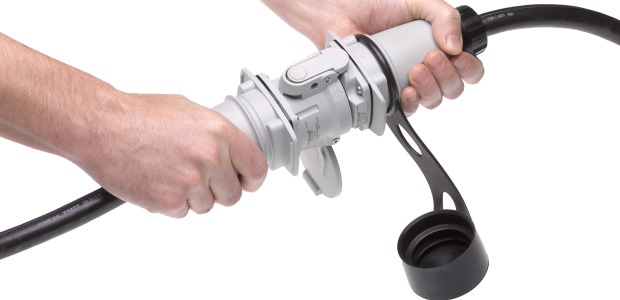
By Tom Beranek
New solutions expedite the lockout/tagout process and provide clear line-of-sight disconnect for operators.
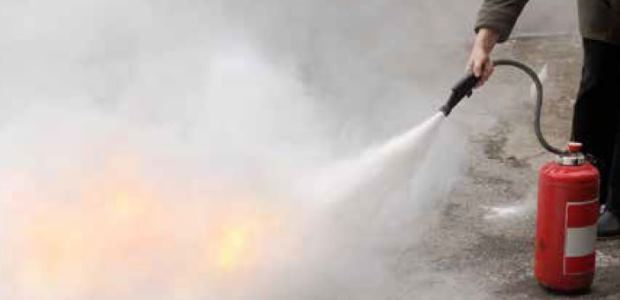
By W. David Yates
Accounting for employees in the event of an emergency is vital. The Emergency Action Plan should address how to accurately account for all employees.

By Dr. Kevan Orvitz
Training workers is vital in making sure the PPE is doing its job in protecting the users.

By James Landsman
Job applicants cannot be and should not perceive being disqualified solely based on the existence of a medical condition.
By Robert Pater
Best leaders watch and avoid falling into leadership potholes while steadily moving toward better Safety and performance.
By Jerry Laws
More people are struck and killed by trains each year while trespassing than in motor vehicle collisions with trains at highway-rail grade crossings.